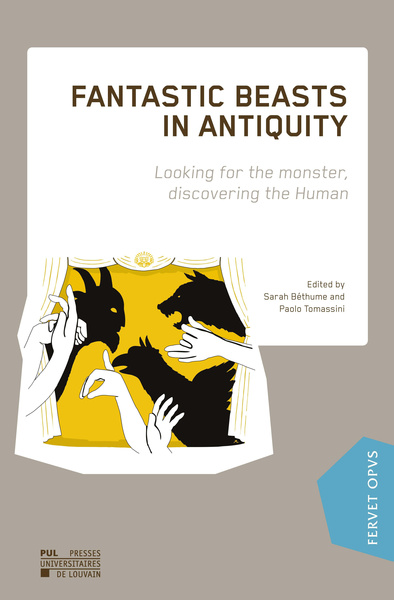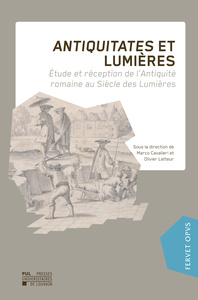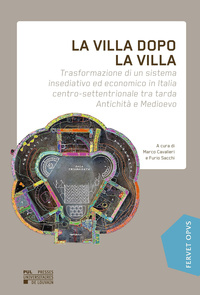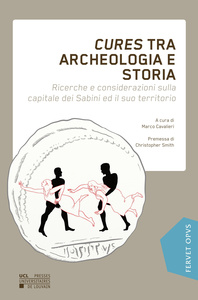Nous utilisons des cookies pour améliorer votre expérience. Pour nous conformer à la nouvelle directive sur la vie privée, nous devons demander votre consentement à l’utilisation de ces cookies. En savoir plus.
Fantastic Beasts in Antiquity
Pu Louvain - EAN : 9782390611035
Édition papier
EAN : 9782390611035
Paru le : 16 mai 2022
28,50 €
27,01 €
Disponible
Pour connaître votre prix et commander, identifiez-vous
Notre engagement qualité
-
 Livraison gratuite
Livraison gratuite
en France sans minimum
de commande -
 Manquants maintenus
Manquants maintenus
en commande
automatiquement -
 Un interlocuteur
Un interlocuteur
unique pour toutes
vos commandes -
 Toutes les licences
Toutes les licences
numériques du marché
au tarif éditeur -
 Assistance téléphonique
Assistance téléphonique
personalisée sur le
numérique -
 Service client
Service client
Du Lundi au vendredi
de 9h à 18h
- EAN13 : 9782390611035
- Collection : FERVET OPUS
- Editeur : Pu Louvain
- Date Parution : 16 mai 2022
- Disponibilite : Disponible
- Barème de remise : NS
- Nombre de pages : 230
- Format : H:160 mm L:240 mm
- Poids : 373gr
- Interdit de retour : Retour interdit
- Résumé : Where do fantastic beasts come from? How do they appear in different cultures? What is their history, how did they survive until now? And above all, what are fantastic beasts? This book will explore these questions through the lens of archaeology, art history, philology and philosophy. Not satisfied with what nature offered, human beings wanted to go beyond reality and invented mysterious and intriguing creatures populating their world. During Antiquity, every culture had its own strange creatures, that mixed the forms of one or more animal, plant and human species in an infinite number of more-or-less fanciful combinations. Griffins, sphinxes, mermaids, centaurs, satyrs, pygmies, werewolves, winged monsters and unspeakable hybrids, fantastic beasts abound in the imagination of many populations throughout Antiquity. Most of them continue to live, sometimes transformed, through fairy tales, literature, movies and videogames. Faced with the abundance and variety of the ancient fantastic bestiary, the questions that come to mind are: Where do fantastic beasts come from? How do they appear in different cultures? What is their history, how did they survive until now? And above all, what are fantastic beasts? This book will explore these questions through the lens of archaeology, art history, philology and philosophy. The result is a hybrid book, precisely like the fantastic animals that constitute its object, a book which offers different approaches of analysis while being aware that our means are often vain to capture these elusive figures, which ultimately are more like us than they seem. Man, like Oedipus, will often prove to be more monstrous than the Sphinx...





